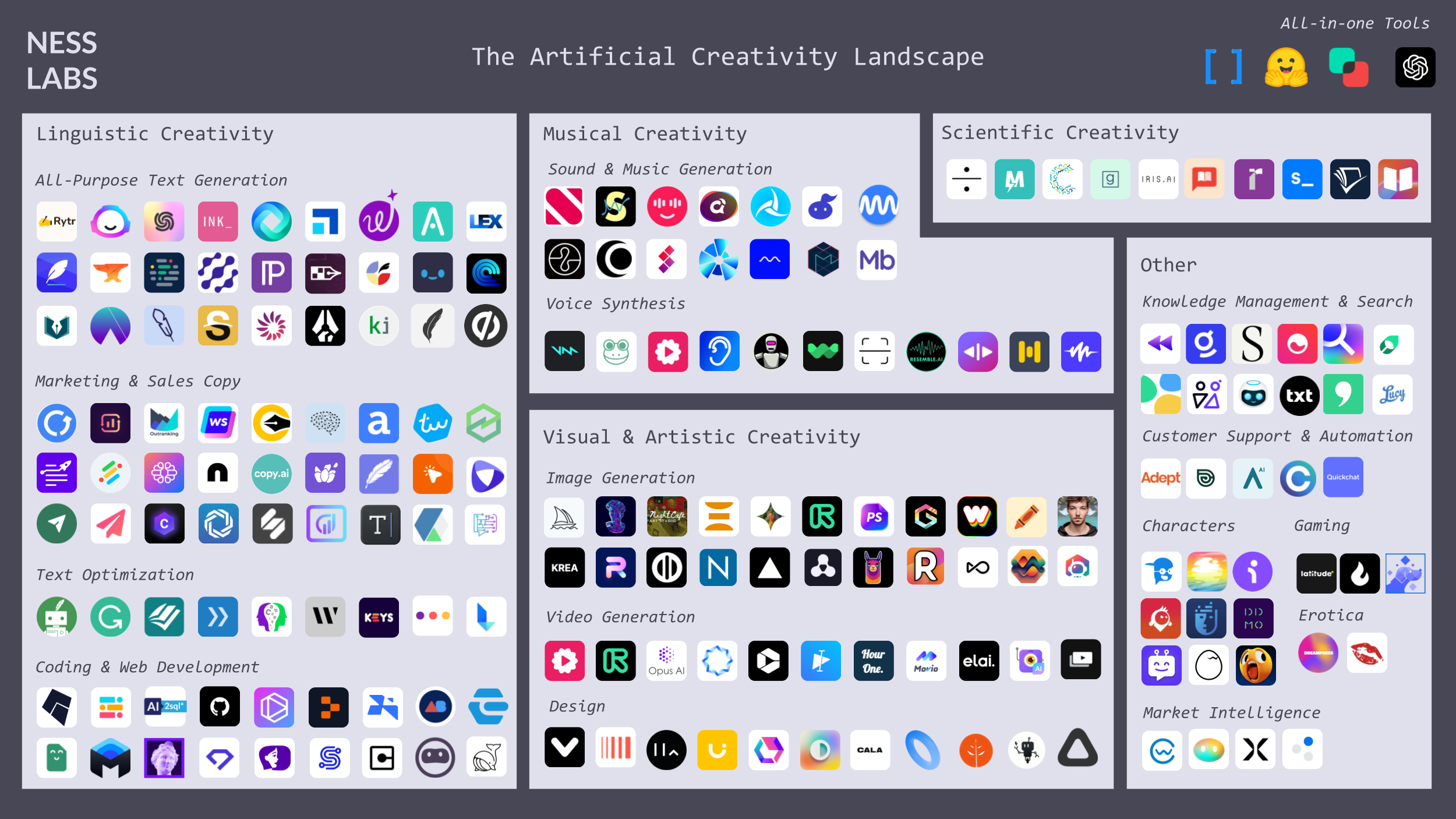And if so, why?
Blockchain for Dummies offers some qualifying questions when you’re trying to figure out whether blockchain is an appropriate solution for your association and for which projects:
- Do we need to track transactions that involve more than two parties?
- Is the current system overly complex or costly, possibly due to the need for intermediaries or a central point of control?
- Can the network benefit from increased trust, transparency, and accountability in recordkeeping?
- Is the current system prone to errors due to manual processes or duplication of effort?
- Is the current transaction system vulnerable to fraud, cyber-attack, and human error?
Now, that probably sounds like every single thing you do.
But wait! There’s one more question you should pose to yourself, suggested by CompTIA in their Harnessing the Blockchain Revolution report:
Are there non-blockchain solutions that are available and effective?
In the VAST majority of cases, the answer to that is: yes.
The one exception Shelly Alcorn and I identified in our new whitepaper, Blockchain for Associations: Separating the Hype from the Promise, is credentialing.
Credentialing (degrees of all types, licenses, certifications, certificates, digital badges) is possibly, next to cryptocurrency, the most mature application of blockchain technology (and it’s certainly far more beneficial from a social good perspective). People earn credentials, but, with current technology, the issuing institutions own those credentials for verification purposes. That leads to all sorts of “friction”: slow, expensive processes to verify credentials, faked credentials, challenges dealing with non-traditional or micro-credentials.
Credentials that are on the blockchain cannot be faked, cannot be altered, and are owned by the person who earns them for verification purposes. Status updates are immediate and transparent, whether that’s about earning, maintaining, or even losing a credential.
For instance, I’m a CAE. But how can you know? I can claim it, but without the issuing institution (ASAE, in this case) confirming, you can’t know whether or not I ever earned it and, even if I did, whether or not I’m maintaining it. (I did, in January 2004, and most recently renewed this past fall, but again, how can YOU know?)
Now for something like a CAE, you might look at that and say, “So what if Elizabeth never got around to submitting her renewal paperwork last fall, lapsed, and hasn’t updated her LinkedIn profile yet? Nobody’s dying on the operating table here.” But what about a medical license? Or an industrial refrigeration technician certification (they’re the nice folks who keep our food supply chain operating, and they work with ammonia-based refrigeration systems that, if things go wrong, can kill people)?
However, the crux of the blockchain matter for associations, as Shelly and I see it, is less “how is blockchain going to affect associations?” and more “how is blockchain going to affect association members, in their professions and industries?” Which will be the topic of my next post in this series.
To learn more about this technology and how it’s going to impact our industry in the coming months and years, check out the full whitepaper, Blockchain for Associations: Separating the Hype from the Promise, downloadable for free at http://bit.ly/2YwYIjn, no divulging of any information about yourself required.

